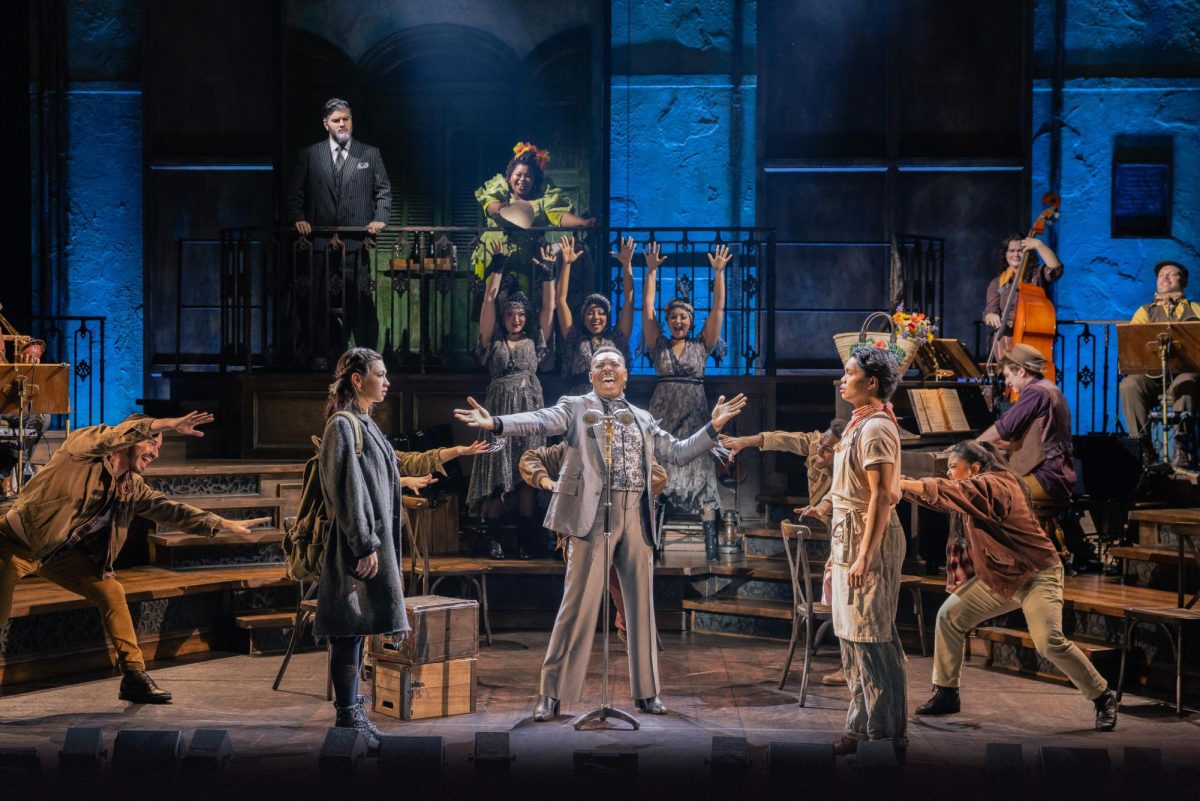Tuesday ushers in a holiday that is more than the gold, green and purple-themed New Orleans extravaganza that it is commonly known for.
Mardi Gras, or Fat Tuesday, marks the end of the Mardi Gras season. The Mardi Gras season begins on what is known as King’s Day, or the Three Wise Men’s visitation to Jesus. David Williams, junior history major and New Orleans native who has worked as a tour guide in his hometown, said the holiday’s key colors are symbols of the frankincense, myrrh and gold that the Wise Men brought.
“In 1872, the grand duke of Russia visited New Orleans to see the big parade so Rex [The King of the Carnival] decided to have a big party for him and he used his house colors and his house colors were purple, green and gold. It was an honor to him,” Williams said.
Williams said the holiday was celebrated in Europe and the New World.
“The first Mardi Gras came from the carnivals and Italy and Spain and France and Europe in the 1600s and it’s called ‘Le Boef Gras’ which means ‘fat calf’ because during Lent, you can’t eat meat,” Williams said. “So what they’d do is they’d fatten this calf up in January and December and on Tuesday before Ash Wednesday you’d have this big huge party and everybody would eat this big calf.”
Mardi Gras signals the transition into the season of Lent. Ann Kelson, freshman education xmajor, said Lent is time for Lenten observers to honor Jesus’ 40-day abstinence of food and water by making
sacrifices themselves.
“You have to give something up and by giving that up, instead of focusing on that materialistic thing in your life or whichever object was consuming a lot of time within your life, you focus more on God or Jesus,” Kelson said.
Walter Kamphoefner, professor of history, said though Lent was originally a Catholic holiday, it is still celebrated in other
religious communities.
“Some Protestant denominations have retained more of the Catholic heritage than others,” Kamphoefner said.
Eman Abdul-Razzak, freshman visualization major, said Mardi Gras is so sensationalized that she was unaware of its ties to Catholicism.
“I was honestly pretty shocked when I learned that Mardi Gras was actually a religious holiday,” Abdul-Razzak said. “A day dedicated to partying it up and letting loose is the last thing you’d expect to be holy. To me it seems like it kind of defeats the pious idea of Lent.”
Kamphoefner said even though the holiday has been commercialized, the holiday is historically an ironic one.
“Mardi Gras is what, I guess if you were cynical, you’d say when you get all of your sinning done or all of your excesses done before Lent clamps down,” Kamphoefner said. “There was a time when Christians frowned on sex during Lent and you would see a seasonal drop in conception. It’s an interesting combination of doing just the opposite of what you’re supposed to be doing during Lent.”
Kelson said she felt the reverence of the holiday has been somewhat lost over the years.
“I feel the meaning used to be a lot more well-known,” Kelson said. “And nowadays people know about Mardi Gras, but they don’t know anything about it or why it’s going on.”
Williams said the parades in New Orleans are a testimony to the commercialization and irreverence of what Fat Tuesday has morphed into over time, but it isn’t enough to distract believers from the holiday’s meaning.
“At its core, really it’s still a religious holiday,” Williams said. “No matter how much you advertise it, it’ll still
be that.”
Piety to indulgence: ‘Fat Tuesday’ rooted in history
March 3, 2014

0
Donate to The Battalion
$1765
$5000
Contributed
Our Goal
Your donation will support the student journalists of Texas A&M University - College Station. Your contribution will allow us to purchase equipment and cover our annual website hosting costs, in addition to paying freelance staffers for their work, travel costs for coverage and more!
More to Discover









